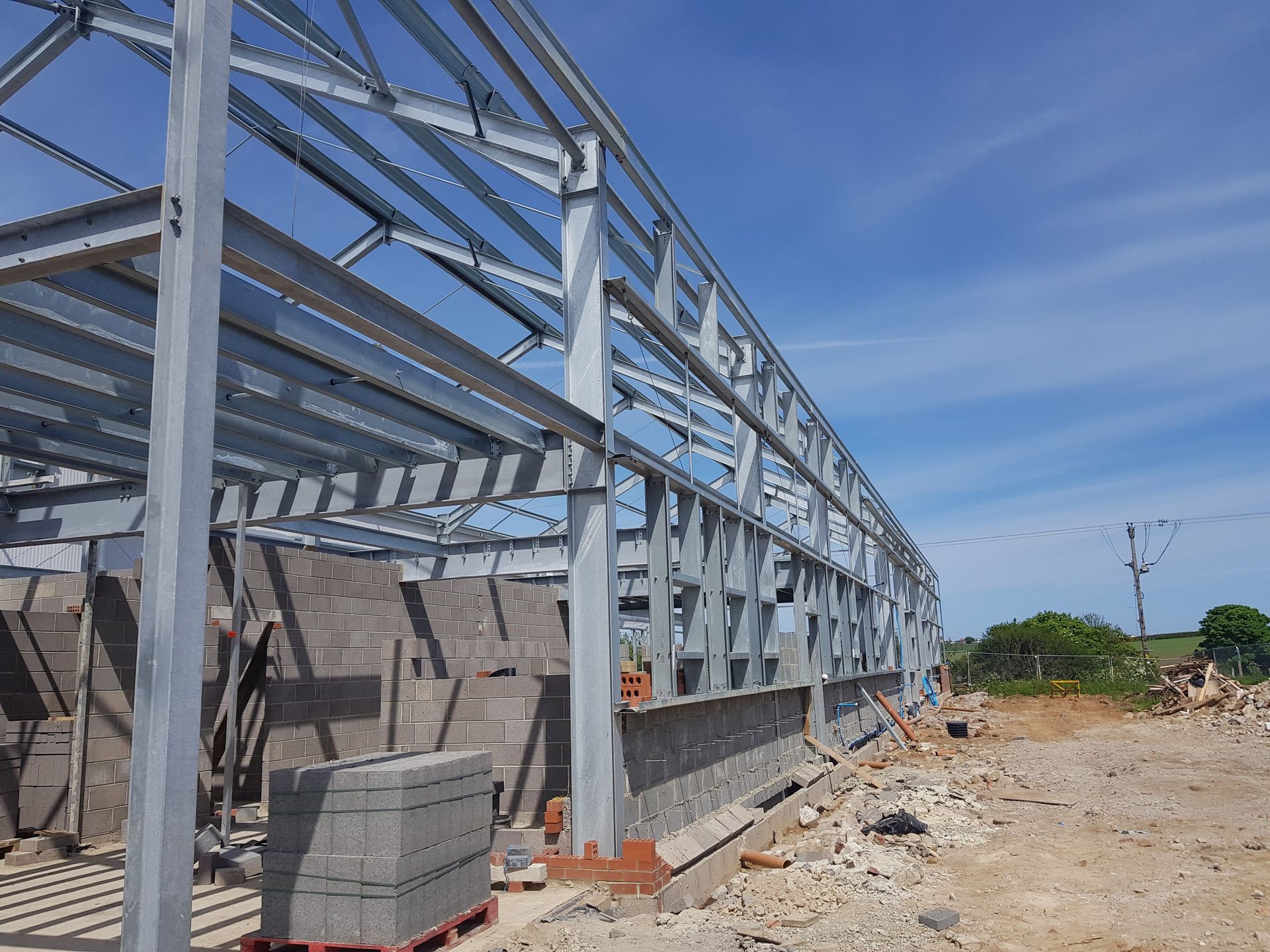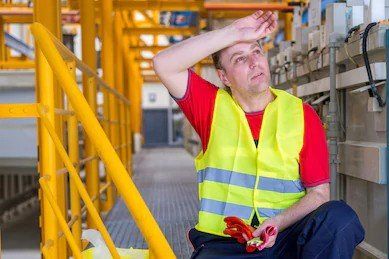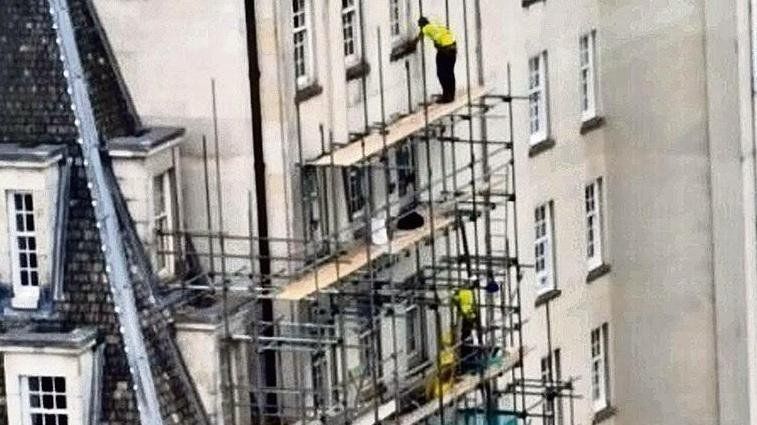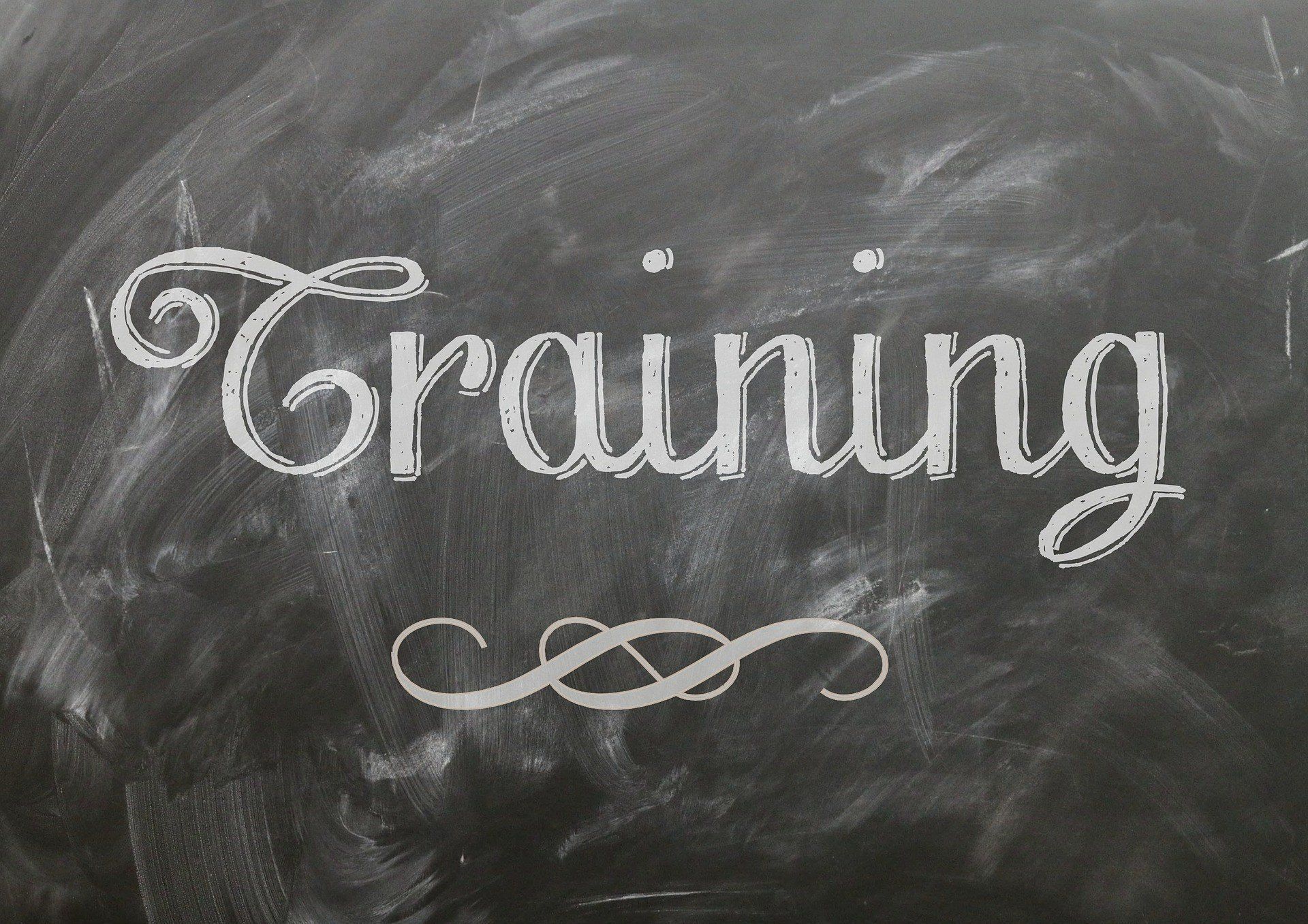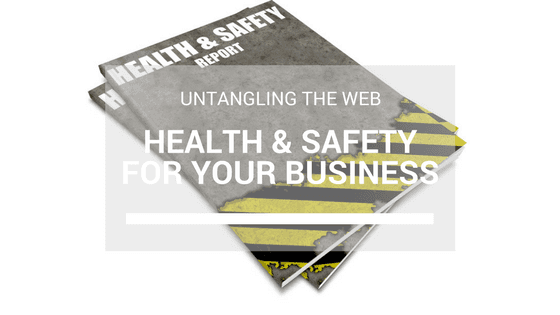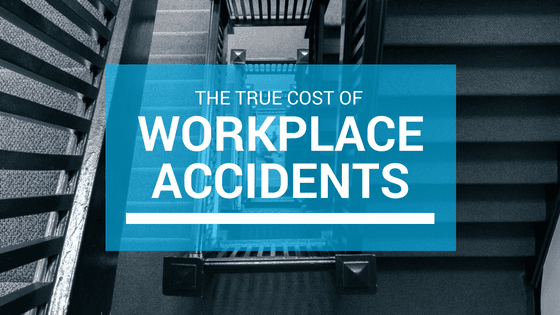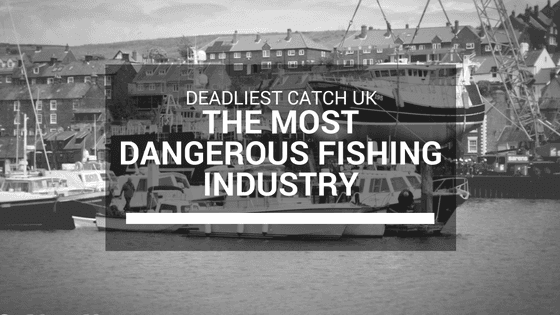Falling From Height
- By Clare Ebison
- •
- 14 Dec, 2016
- •
Back to Earth with a bump
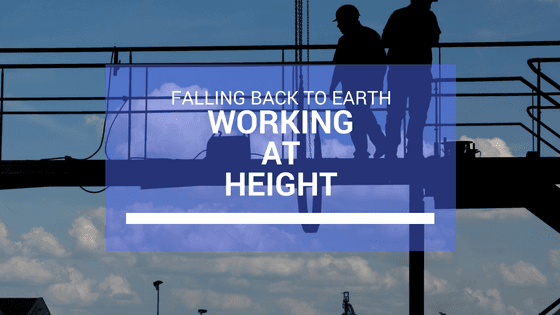
Have you ever used a chair to reach the office clock to adjust the time, or open a window, or reach a higher shelf?

Employers and those in control of work at height must first assess the risks.
- Avoid working at height if you can
- If you can't avoid working at height make sure you either work somewhere safe or use the correct equipment
- Minimise the distance and potential consequences of a fall
Employers should make sure:
- As much work as possible is done from the ground
- Ensure that workers can safely get to and from where they need to work at height
- Ensure equipment is suitable, stable and strong enough for the job, maintained and checked regularly
- Workers do not overload or overreach when working at height
- Make sure workers take precautions when working on or near fragile surfaces
- Provide protection from falling objects
- Consider emergency evacuation and rescue procedures
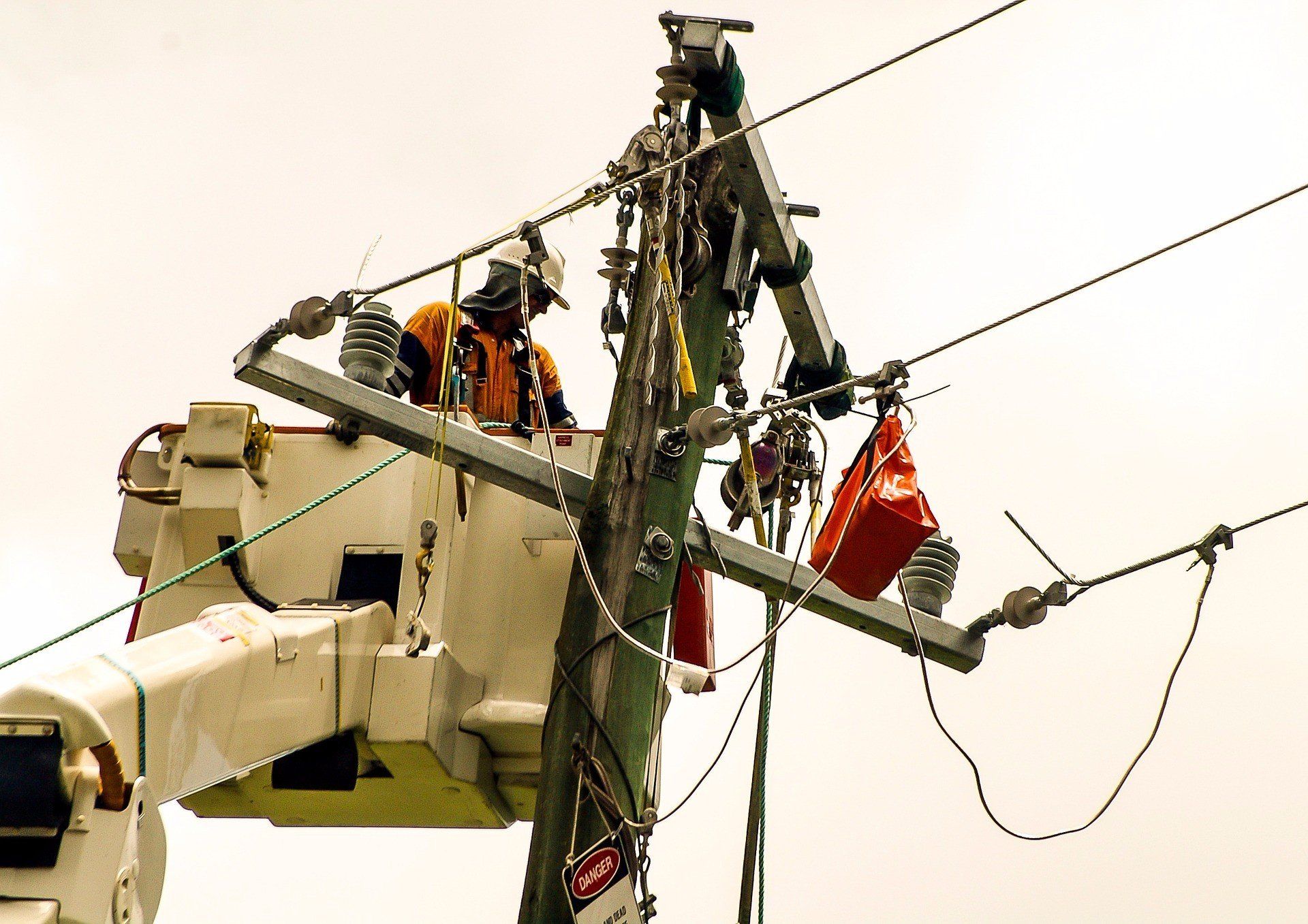
There is a specific law which governs working at height, The Work at Height Regulations 2005. The purpose of this legislation is to prevent death and injury caused by a fall from height. If you are an employer or you control work at height (for example facilities managers or building owners who may contract others to work at height) the Regulations apply to you.
Employers and those in control of any work at height activity must make sure work is properly planned, supervised and carried out by competent people. This includes using the right type of equipment for working at height. Low-risk, relatively straightforward tasks will require less effort when it comes to planning.
Employers and those in control must first assess the risks.
Employees have general legal duties to take reasonable care of themselves and others who may be affected by their actions, and to co-operate with their employer to enable their health and safety duties and requirements to be complied with.
Simple, if you employ someone who works at height or control work at height then you must make yourself aware for this law and you must ensure that it is followed.

A pregnant worker fell three metres through an open cellar hatch in a nightclub in the United Kingdom. The 23-year-old woman was busy working behind the bar, turning to fetch more drinks for a customer she did not notice the hole in the floor behind her — the hatch had been left open by another worker who had descended into the cellar to retrieve stock— and promptly fell down the stairs to the cellar below.
The opening of the cellar hatch behind the bar was common practice, especially in busy times where frequent stock replenishment was necessary. Indeed, the injured person had worked at the bar for several months and was familiar with the practice of opening the hatch having previously retrieved stock from the cellar herself, and even stepping over the open hatch to reach other parts of the bar area.
Case study two:
A roofing firm from Malton was fined on 27th April 2016 for safety breaches after a worker fractured his skull following a fall from height.
Mitchell Roofing Ltd, was contracted to replace existing rooflights at Monk Bridge Construction Co Ltd, Elvington, York. The injured worker slipped and fell some seven metres through the inner roof sheet sustaining severe injuries.
During its investigation, the Health and Safety Executive (HSE) l learned that there was no risk assessment in place for the job, and no precautions had been taken to prevent falls from the edge of the roof or through various fragile elements.
The defendant had previously clad a new building on the site without incident, using appropriate precautions, but the minor work of replacing the panels in an existing roof was not planned, and no precautions were followed.
Mitchell Roofing Ltd of Derwent Road, Malton was found guilty to breaching Sections 2(1) and 3(1) of the Health and Safety at Work etc Act 1974 and was fined £10,000 with £1,355 costs by York Magistrates Court.
After the hearing, HSE inspector Julian Franklin commented: “Basic precautions for roof work and better planning of the job should have been applied. Even short duration work on fragile roofs should be properly assessed and managed.”
Thank You!



